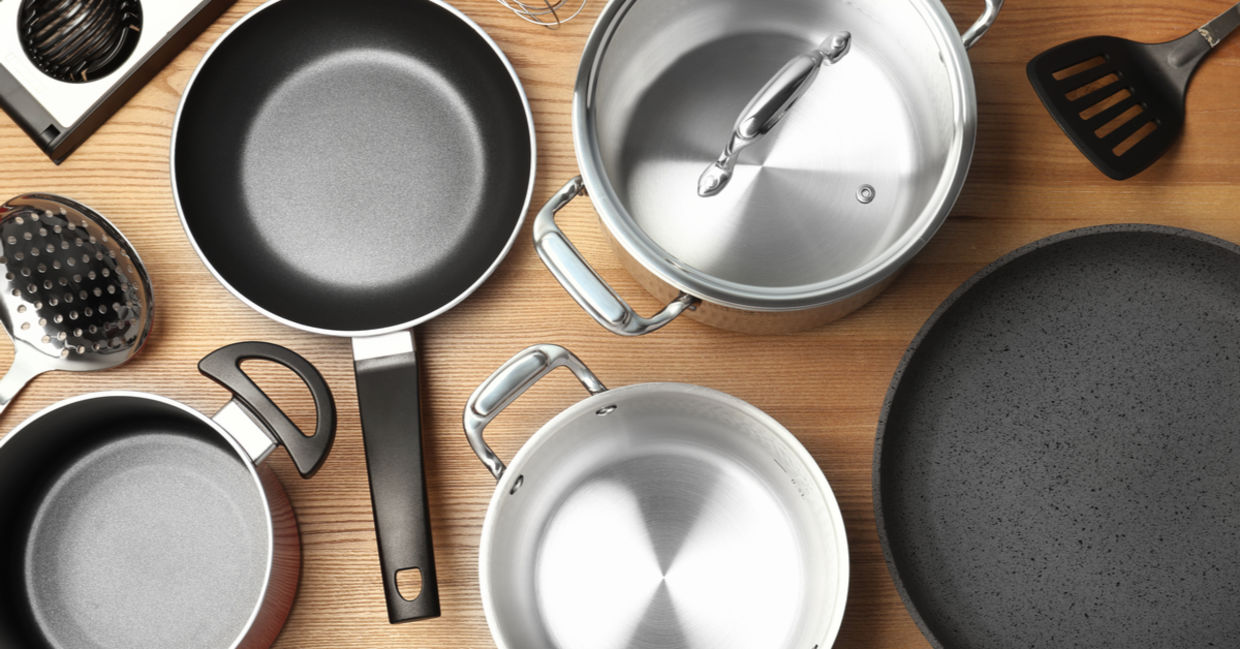
(New Africa / Shutterstock.com)
Eating healthy food is important for well-being. Although organic, high-quality ingredients, plus healthy fats and sweeteners are high on the list when preparing healthy recipes, what about the pots, pans, and utensils you are using?
It is easy to get excited about trying new, healthy recipes, yet overlook the condition of your cookware. Every so often, search through your cupboards and discard pots, pans, and dishes that are unsafe.
Using healthy kitchenware, you can be assured of eating the best quality food. Here are five items that are potentially harmful to use, along with healthy swaps.
Is Your Grill Brush Bristle-Free?
Everyone loves a barbecue. Firing up the grill, you start by scraping off food residue on the grill. If you are scraping with a wire grill brush made of stainless steel or brass, it can leave metal particles behind that then become trapped in food. This could lead to mouth, throat, and stomach injuries, according to Consumer Reports, and even a trip to the emergency room.
Invest in a grill stone, as recommended by A Taste of Home. They are chemical free, non-toxic, and are recycled. You can also get a non-wire brush, or use a scrub pad, or a ball of crumpled aluminum foil.
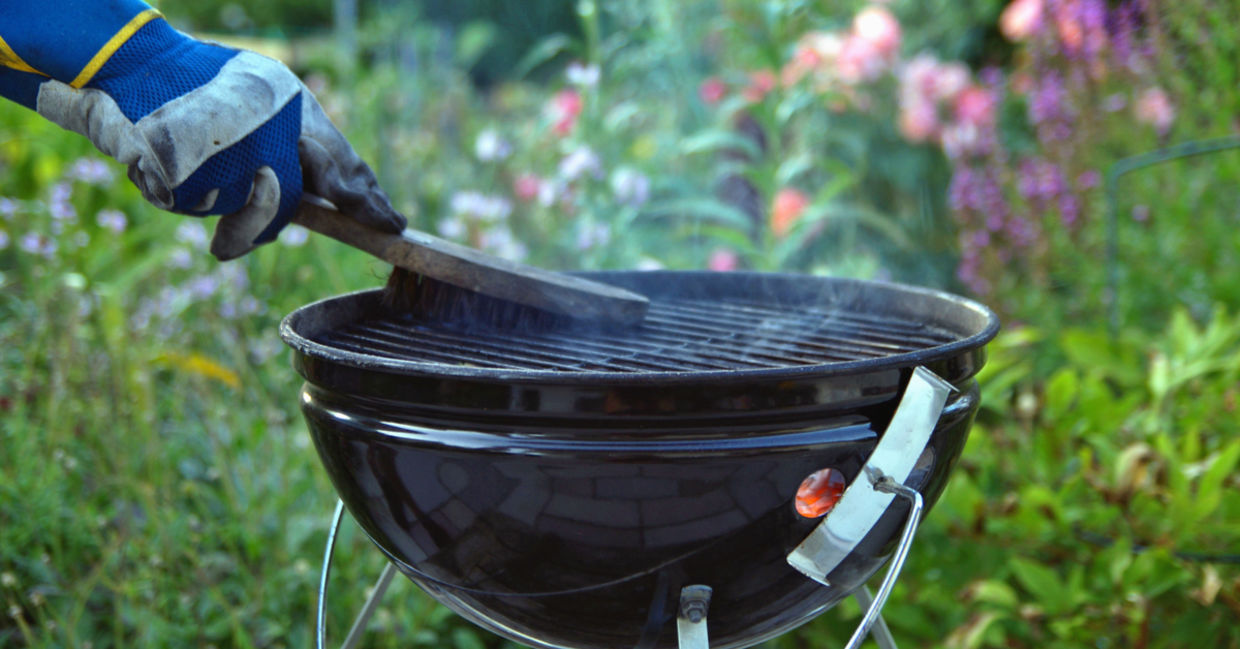
(Mabeline72 / Shutterstock.com)
Trade in Teflon for Stainless Steel
Do you have Teflon-coated pans in your kitchen cupboard? Many assume that if the pans are not scratched, they are still safe to use. Non-stick cookware, even if unscratched, will emit toxic fumes when used over high heat, according to Food Revolution. In fact, even a few minutes of high heat can break through the coating and release toxins.
The solution is to use these pans for recipes that require low heat, or trade them in for stainless steel pots. You can also opt for ceramic coated cookware or enamel-coated cast iron.
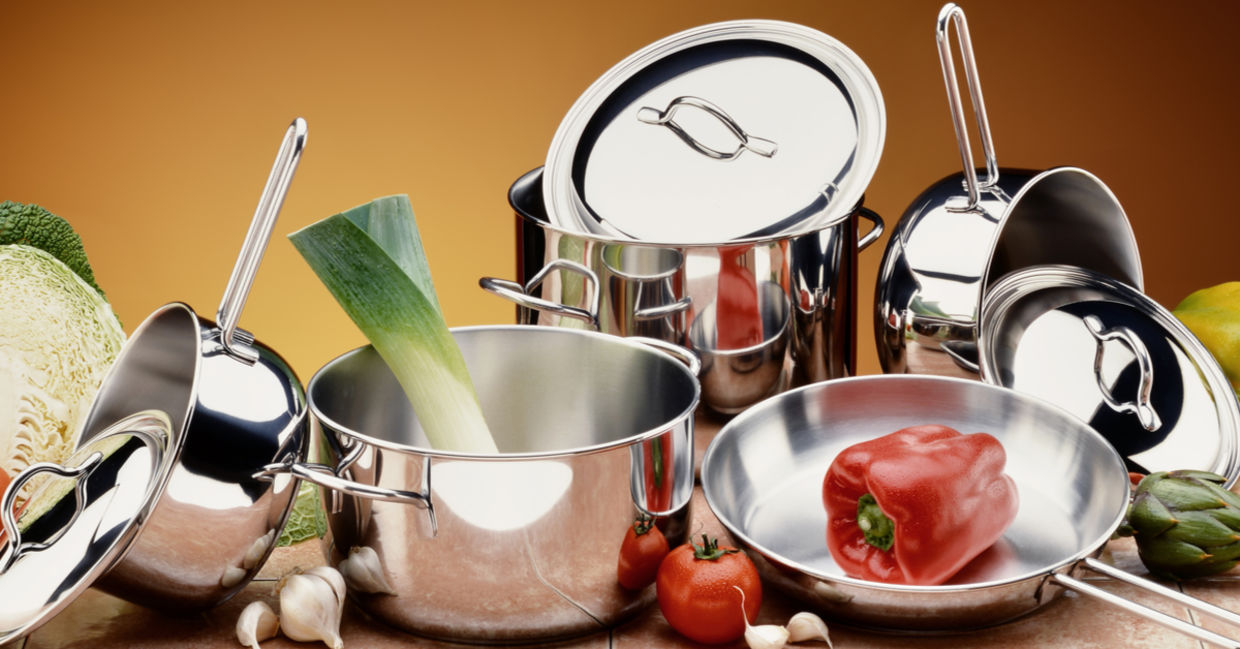
(ANTONIO TRUZZI / Shutterstock.com)
Cover Scratched Baking Sheets with Parchment Paper
Pull your baking sheets from the oven and examine them. Are they scratched or rusted? Best to protect yourself by using parchment paper.
However, make sure your parchment paper is unbleached, according to The Healthy Home. You can also buy unbleached muffin cups to line your aluminum tins. Standard parchment paper is made with dioxins, according to The Wise Baker. Over time, these chemicals may become a health risk.
Another tip is to avoid using metal utensils on your sheets as you do not want to scratch your aluminum pans. Instead, opt for wooden spatulas.
For healthy baking results, use non-stick ceramic-coated bakeware, as recommended by The Goodlife Designs. Other healthy replacements are stainless steel, stoneware, glass, and cast iron.
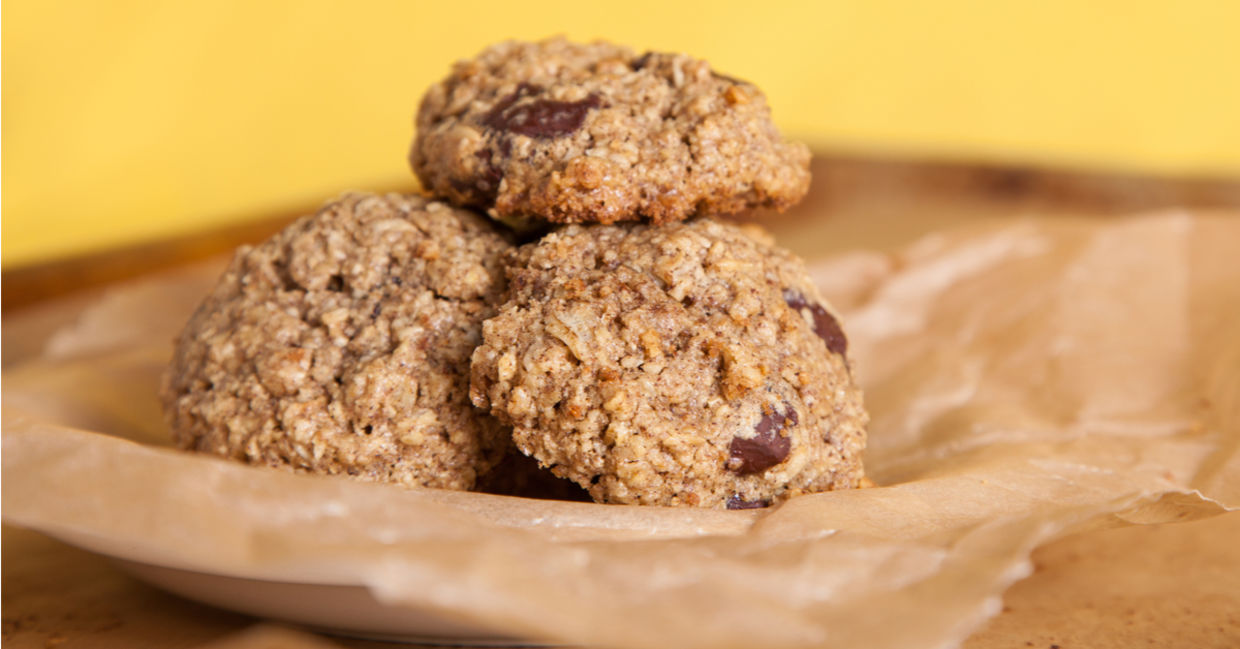
(Erin Cadigan / Shutterstock.com)
Use Wooden Utensils and Throw Out Plastic
Speaking of spatulas, do you still have plastic spatulas or spoons in your drawer? Toss them! They could contain toxic byproducts that could leach into food, according to Yoga Journal. When exposed to temperatures above 158 degrees Fahrenheit, they may release plastic oligomers, which in turn end up in your food.
Wooden utensils should last a while, but do not use them if they are cracked or discolored. Bacteria can grow in these cracks and it is impossible to remove.
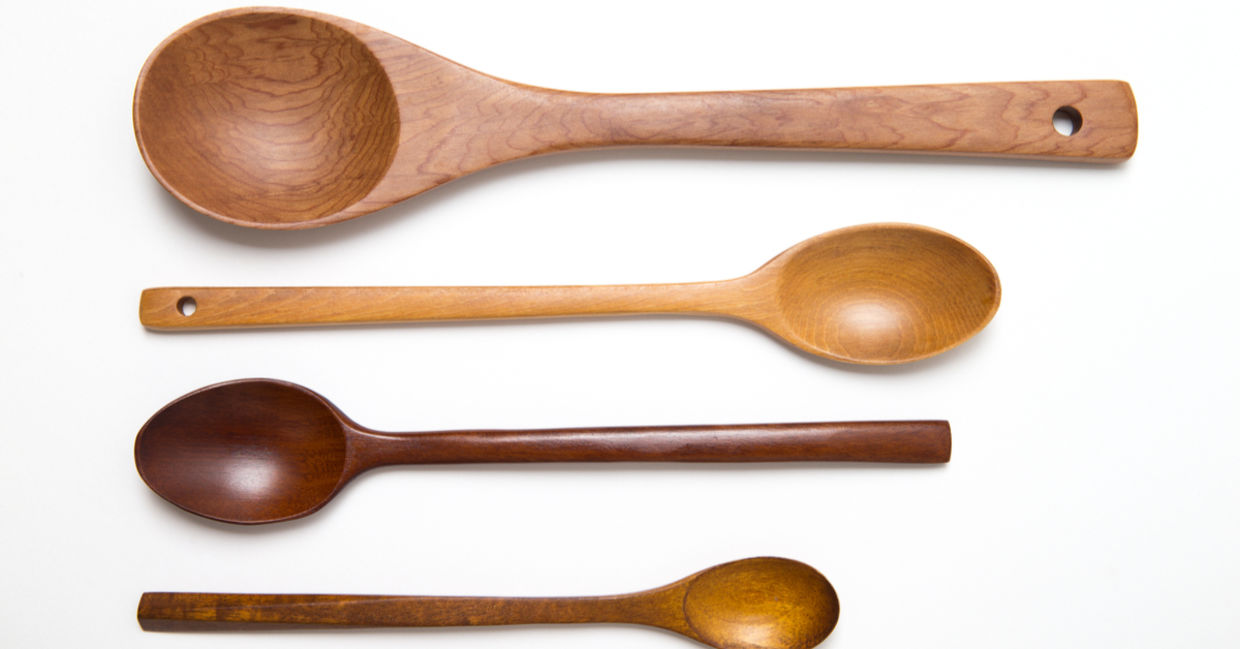
(mogilami / Shutterstock.com)
Toss (or Twist) the Silicone
You may have a favorite silicone cake mold that makes a perfect cake every time. The truth is that many silicone bakeware is made from low-quality materials and dyes, according to The Healthy Home. If you can verify whether your silicone pans and molds are made from 100 percent pure food grade silicone, all is well.
If you do not know the quality of your silicone, try to twist it. The color of pure silicone will be maintained when twisted so if you see white streaks when you are twisting, chances are that it was made with fillers.
It is best to use your silicone molds for cold foods. Spatulas used to mix and spread glazes and batters at room temperature are safe, as are silicone produce bags.
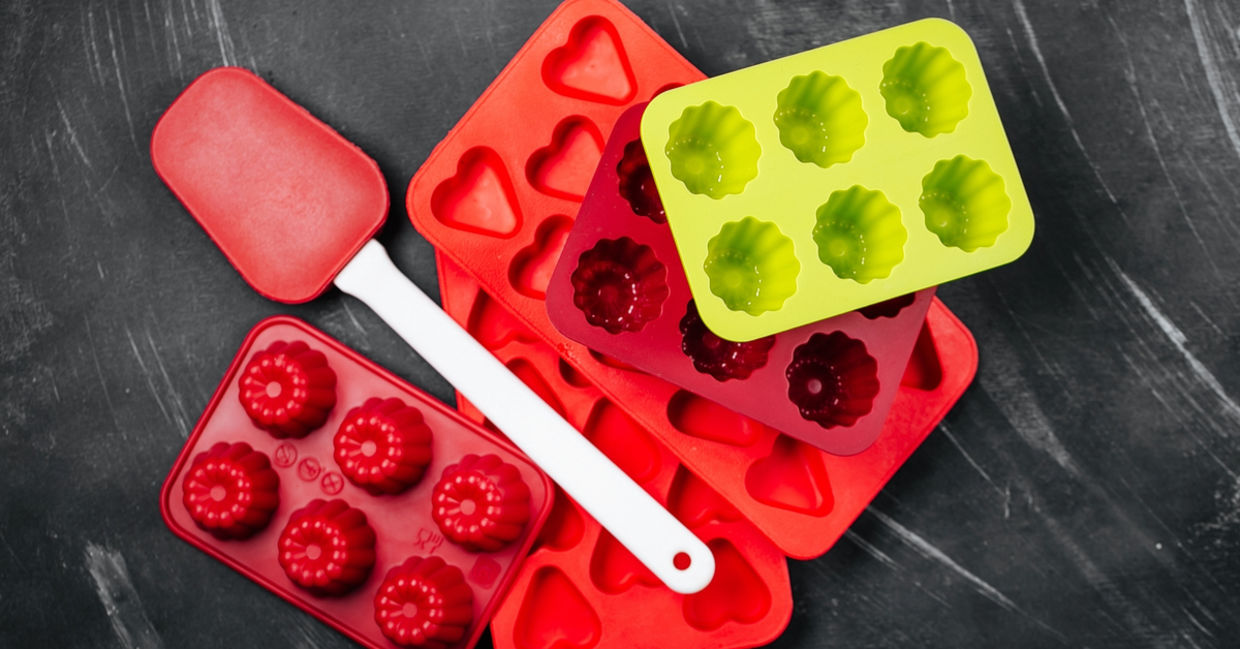
(Igisheva Maria / Shutterstock.com)







